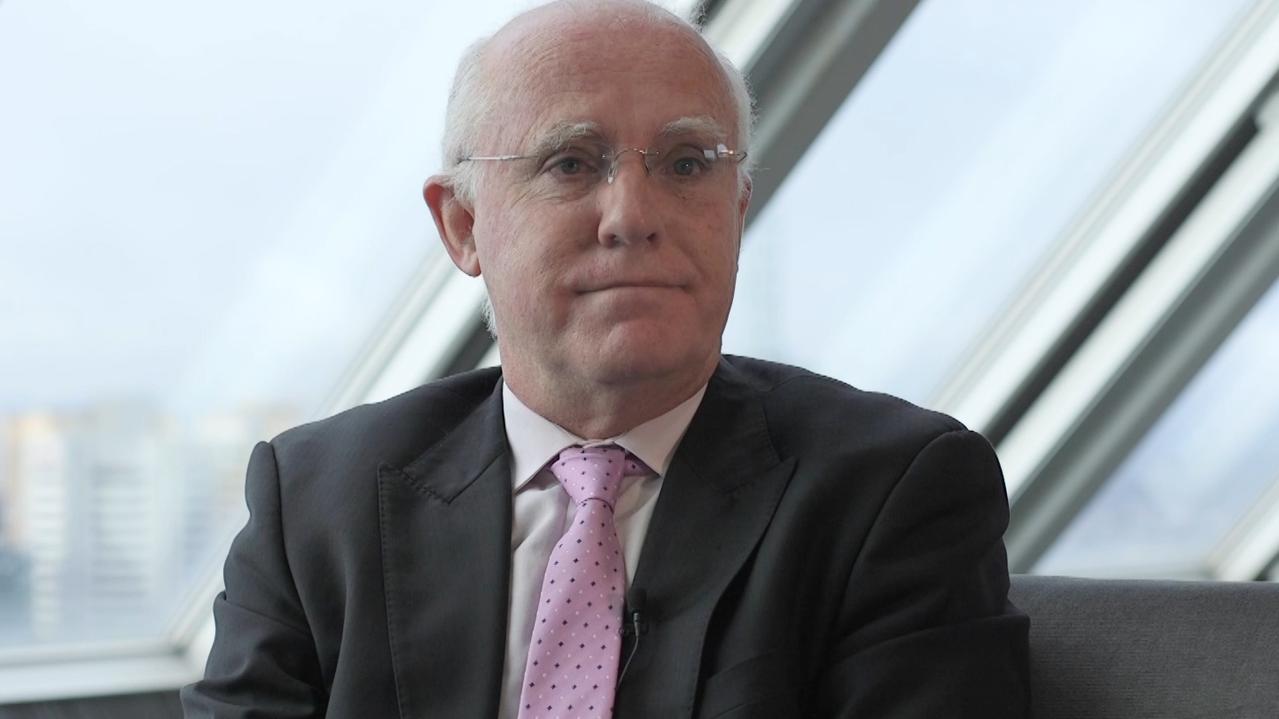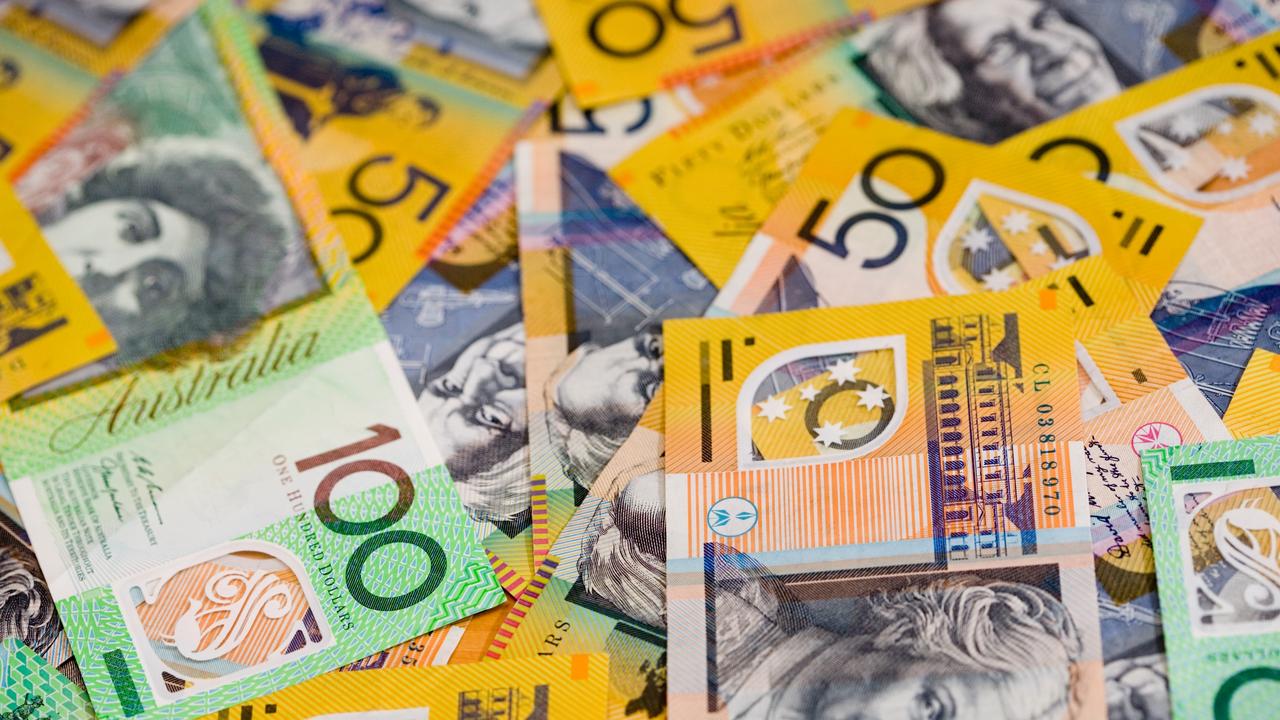ME Bank reveals how many Australians have less than $1000 in savings
Households with low cash savings are at significant risk, especially in instances of extended strict lockdowns, one expert has warned.

As millions of Aussies remain in lockdown, alarming data shows that one fifth of households have less than $1000 in cash savings – a drop of 6 per cent compared to before the pandemic, new research has revealed.
It also found nearly a quarter of Aussie households reported that if they lost their income, they’d only be able to maintain their current lifestyle for one month, while 11 per cent would only last two weeks – the equivalent of a short Covid lockdown, the report from ME Bank found.
However, it wasn’t all grim news with a new record high for stashing cash, with 58 per cent of households typical saving $960 per month.
Yet the survey also found 34 per cent of households spent all of their income but did not overspend and 8 per cent overspent by $483 a month.

Despite more households saving and an overall greater comfort with cash savings, there’s still a significant proportion of Australians that remain highly vulnerable to a loss of income, said Jeff Oughton, ME’s consulting economist.
“With pandemic lockdowns continuing to occur across Australia, households with low cash savings are at significant risk, especially in instances of extended strict lockdowns like we’re currently seeing in New South Wales, Queensland and Victoria,” he said.
With most households, financial comfort has bounced significantly higher than pre-pandemic levels including for singles and couples without children, but this wasn’t the case for many Aussies.
“There are still sections of the population, for example single parents, insecure workers including casual and gig economy workers, the unemployed, and self-employed Australians, who aren’t feeling as financially comfortable,” Mr Oughton said.
“These groups are highly susceptible to changes in government support and ongoing turbulence during Australia’s economic recovery.”

Shadow financial pandemic in Greater Sydney
Another survey found Greater Sydney is suffering a “shadow pandemic” of financial stress driven by unemployment, underemployment, and rapidly depleting savings.
It found 10 per cent of Sydneysiders have $1000 or less in savings, 9 per cent have $500 or less, while 8 per cent stated they have no savings at all, the poll from online financial brokers Savvy found.
Concerningly, 35 per cent said they are living pay cheque to pay cheque, while 12 per cent of respondents reported they have lost employment and 22 per cent said their hours have been reduced.
Almost a third of Sydneysiders said they have one month or below worth of savings to keep them going, almost a fifth said they have three months’ in the bank, while 31 per cent say they have six months to a year’s worth saved up.
While 50 per cent of those surveyed were looking to government support for financial assistance, a fifth said they would turn to credit cards, 12 per cent will redraw on home equity and just over a quarter will borrow money from family.
There may be another “shadow pandemic” of debt and insolvency unless there is more support, financial relief or an opening up of the economy, according to Bill Tsouvalas, managing director at Savvy.
“As we all know, the longer this goes on and the less income we can all generate through productive work, the more it puts our economy in a precarious position (with) 29 per cent of respondents (saying) they could only keep themselves going for another month if they are to become solely reliant on savings. After that, who knows what will happen to these people?” he said.
“If lockdowns continue without additional support from government or elsewhere, Australians may have no Christmas to look forward to in a financial sense. Something must be done to balance the economic cost with the health benefits of continuing lockdown.”

Emergency savings
In uncertain times it pays to focus on what you can control, said ME money expert, Matthew Read, and growing a stash of emergency money can be good for your bank balance – and your peace of mind.
“Having emergency savings is one of the foundations of financial wellbeing and it can be more than a lifeline in a crisis. Psychologists say that having savings helps us feel more optimistic and in control,” he told news.com.au.
“A handy benchmark to work towards is to have the equivalent of three months’ worth of regular expenses in your emergency fund. This can give you breathing space to pay bills, buy groceries, and keep up rent or home loan payments.
“To figure out what you should be working towards, add up what you spend on essentials each month, then multiply the total by three.”

How to build an emergency fund
1. Open a savings account you can live with
Some savings accounts impose strict conditions to earn the top rate of interest. Look for a savings account where you can easily meet the conditions to maximise the return on your money. This will help your savings build gradually over time.
2. Make savings automatic
Set up an automatic transfer that sweeps money into a separate account every time you get paid. Also, take the time to plan your year to automatically set aside expected cash injections such as your tax return, providing further boosts to your emergency fund savings.
This can make saving effortless, and you won’t miss what you never had.
3. Have a game plan to follow
A popular way to grow a cash stash is the 70:20:10 plan. Just divide your money between: 70 per cent for everyday living, 10 per cent for splurging and 20 per cent for saving.






